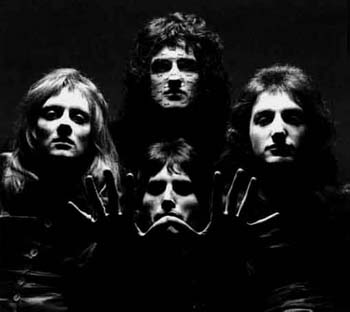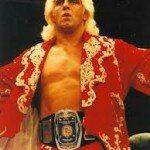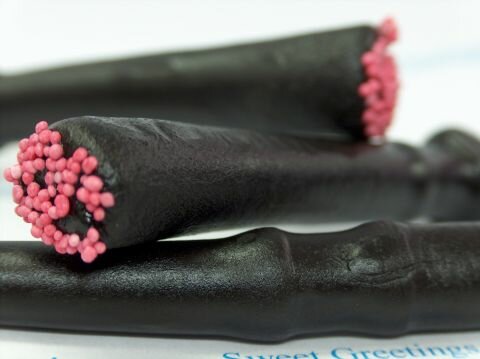The Queen and Racing at Ascot
Rate This Nostalgia
How Nostalgic does The Queen and Racing at Ascot make you feel? Rate below.
The Queen’s involvement with racing stretches back to before she came to the throne in 1952, with her first winner, owned jointly with her mother, the late Queen Elizabeth, the Queen Mother, being Monaveen in a National Hunt race at Fontwell.
On the death of her father, King George VI, the Queen inherited the Royal string of Flat horses, which at the time were mainly trained by Cecil Boyd-Rochford and Noel Murless. It didn’t take long for her first great horse to come along.
Aureole, by the great Hyperion, was second to Pinza in the 1953 Derby and he must rank as one of The Queen’s best horses, with victories in the King George VI & Queen Elizabeth Stakes and the Hardwicke Stakes. Aureole went on to be champion sire in Britain in 1960/61.
The Queen’s first Royal Ascot success came when Choir Boy landed the 1953 Royal Hunt Cup, one of 11 successes at the meeting during the 1950s, with others including 1957 Ribblesdale Stakes winner Almeria, who went on to finish second in the King George VI & Queen Elizabeth Stakes, and Pall Mall, who took the 1957 New Stakes en route to victory in the 1958 2,000 Guineas.
The 1960s were a quieter time for the Royal thoroughbreds, although Aiming High landed the 1961 Coronation Stakes and Hopeful Venture the 1968 Hardwicke Stakes. But The Queen’s racing fortunes entered another golden period in the 1970s, helped by the brilliant Dick Herntrained filly Highclere, who won the 1,000 Guineas and French Oaks in 1974 before finishing second to Dahlia in that year’s King George VI & Queen Elizabeth Stakes. Highclere went on to be an influential broodmare, with her most notable offspring unarguably Height Of Fashion – the dam of Unfuwain, Nashwan and Nayef.
As Silver Jubilee celebrations were being held throughout the land in 1977, a filly came along that would ensure a year of tremendous success for the royal colours, with Dunfermline winning both the Oaks and St Leger.
The Queen has not since had another Dunfermline, but there have been successes, including Colour Sergeant in the 1992 Royal Hunt Cup, Phantom Gold in the 1995 Ribblesdale Stakes and Blueprint in the 1999 Duke of Edinburgh Stakes. In all, she has had 19 Royal Ascot winners to date, her most successful races being the Royal Hunt Cup and the Ribblesdale Stakes, contests she has won three times.
2002 saw the country celebrate the Queen’s Golden Jubilee and the Royal Meeting was extended to five days to mark the occasion, but it was also the year that the Queen Mother passed away. Since then, her horses have raced in the Queen’s colours. In 2005, the Royal Party relocated to York and attended all five days of the Royal Meeting in the Roman city.
On 20 th June 2006 and the Queen, who had visited Ascot several times during the redevelopment works, formally reopened the racecourse.
Tickets
You can buy tickets for Royal Ascot here.
Betting
There are a variety of free bets available online as well as lots of statistics and tips – at Systemlays.co.uk . For those who are unfamiliar with betting online, the above site includes a series of helpful guides.











Leave a Reply